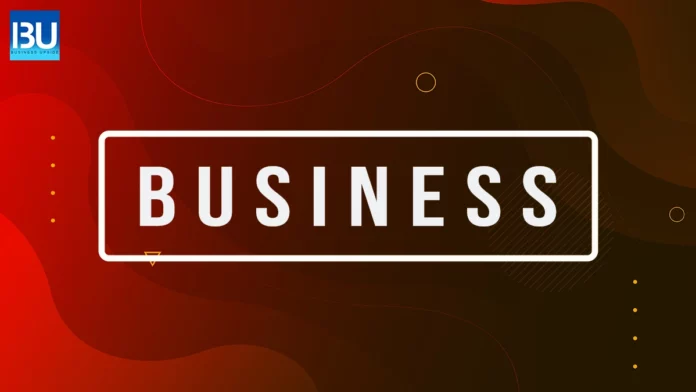Know Your Customer (KYC) process is essential for assessing customer risk and a requirement for anti-money laundering programs. To complete KYC, it’s necessary to know an individual’s identity, financial status, and level of risk, among other aspects. KYC is an important process for any successful financial institution. However, it is traditionally expensive and time-consuming. Thankfully due to advances in technology, there are more efficient and cost-effective solutions for the KYC process.
KYC registries
KYC registries are a type of KYC software that allows financial institutions to share data and customer identification information. This is beneficial because it reduces the companies’ cost for storing, updating, and retrieving this information while eliminating duplication of effort across various institutions to gather identifying documents from customers.
KYC registries extend beyond simply reducing costs; they are an effective way to assess risk within a given institution’s portfolio as well as when working with partners. Institutions can choose which records they want to upload to the registry by implementing systems that restrict access based on regulatory requirements or industry standards rather than uploading all documentation required by regulation into their database where there may be duplicates due to affective privacy laws.
Electronic KYC verification (eKYC)
Electronic KYC verification (eKYC) has become an important and popular tool for large financial institutions that are looking to carry out more cost-efficient customer onboarding procedures. Electronic KYC allows the bank to verify a customer’s identity electronically before opening an account and then provides the person with access to their new account without having to queue at a branch.
eKYC is also significantly faster than traditional KYC verification as it can be completed within minutes rather than days or weeks. Electronic KYC eliminates errors due to manual data entry mistakes because all information provided by customers is captured digitally through video interviews or biometric identification like fingerprints, so there’s no need for any paperwork other than qualifications such as proof of residence documents when required by law. The technology has been adopted globally in recent years. Many banks now offer eKYCs on desktop
computers, mobile devices, and web browsers, allowing them to take full advantage of digital transformation opportunities across every channel.
Mobile KYC
Mobile phones are now becoming an integral part of life for many people, with over half of the world’s population currently owning one. This has led to mobile banking being introduced as a new way of managing finances, including carrying out their day-to-day transactions through their phone, such as transferring money or checking balances. Mobile devices also have built-in cameras, making it possible for users to scan passports using OCR software or take photos during video interviews so they can be stored digitally along with fingerprints, too – making eKYCs more accessible than ever before.
Mobile KYCs allow banks to provide a more frictionless experience with the added advantage of doing it on the go.
Their customers can now fill in their eKYC requirements wherever they happen to be – at home or while traveling abroad – so there is less need for them to visit branches and wait weeks or days for verification documents which take up resources that could be better allocated elsewhere.
Mobile devices also provide an opportunity for banks and other financial institutions such as payment companies, credit scoring agencies, etc., to monetize data through targeted marketing campaigns by leveraging high-quality contact lists built from accurate location data.
Balancing Traditional and New
Financial institutions must draw data both from traditional and eKYC sources. Using both in conjunction allows the institution to offer a complete profile of the customer while increasing the accuracy of their data.
This is especially important for institutions that are required by law to know what their customers do with various financial products – i.e., banks and other credit providers that require documentation from either loan or mortgage applicants, as well as those who need proof in order to issue new cards, etc.
The eKYC process can be an effective tool for all kinds of personal banking transactions when done correctly and at scale; however, it’s not without its flaws: there is always room for error such as information being incorrect or incomplete due to data input errors on mobile devices. Reducing these risks requires both innovation within finance companies’ internal processes but also cooperation among institutions.
Closing Thoughts
Though technology has opened doors for fraudsters, with many small businesses placing a strong emphasis on cybersecurity, it has also improved functionality in many industries. Technology has positively impacted the efficiency and cost of the KYC (Know Your Customer) process. Using technology to streamline KYC procedures is a way of providing customer satisfaction for banks and other financial institutions.
In today’s world, where people are busy running errands or working from home, it can be hard sometimes to make the time stop for one more thing. Banks have been frustrated with how customers seem unwilling to come into a branch during business hours. Using a combination of traditional KYC data gathering and the new eKYC procedures, banks can be assured that they have the highest level of authentication.





















